Two days into the Charlotte Media Tour and let's size things up
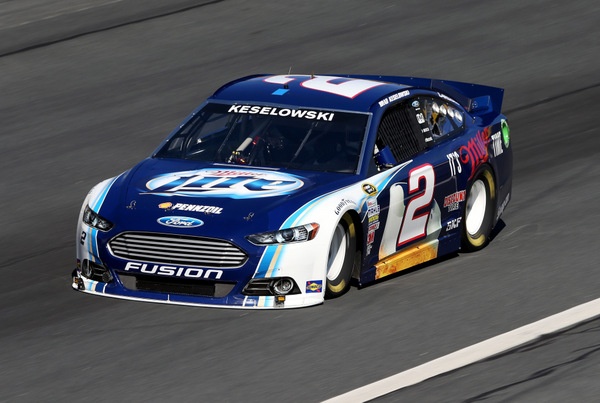
Brad Keselowski's 2013 Ford, testing at Charlotte Motor Speedway (Photo: Getty Images for NASCAR)
(Analysis)
By Mike Mulhern
mikemulhern.net
CHARLOTTE
Seldom has this sport dived into a new season with more unknowns.
That is part of the thrill of all this 2013 stuff, that nobody really knows what to expect.
Remember how many different tracks NASCAR plays in the first few weeks: Daytona and pack-racing, Phoenix and bump-and-grind, insanely fast Las Vegas, reshaped Bristol, curious California, and ultra-tight Martinsville.
Here's just hoping the epidemic of fuel economy racing has ended. The last two years, and all these gas mileage finishes, haven't been that much fun to watch.
However there is nothing inherent in the new cars to take that gas mileage angle out of a crew chief's equation.
To be blunt, gas mileage racing is killing this sport.
This is not a sport run by the EPA.
Steve Addington's crew working on Tony Stewart's new Chevrolet at the Charlotte test (Photo: Getty Images for NASCAR)
Can this grand engineering project change things up enough to intrigue fans and bring them back to the tracks?
On Day Two of the preseason Charlotte Motor Speedway media tour, let's size things up, and put together a timeline for these 2013s.
How has development gone? How is development shaping up?
And will all this actually produce better racing?
During the first few days of the annual Charlotte Motor Speedway stock car racing media tour a few things have become clear -- principally that everyone in this sport is focusing on trying to create a situation for better racing.
No one is quite sure how to do that, of course. But it's almost a mantra.
Another thing is clear too, that teams and officials and car makers are all busting butt in this development project.
And it shows: Finding smiles around this sport at the moment is nigh impossible. Exhaustion reigns. And the real season has yet to begin.
Teams are worried, more so than usual at this point. Not that a rival may come up with a better widget, but that too many early season crashes could wipe out the currently exceedingly thin inventory.
And crews are trying to put the best spin they can on the situation.
The 2013 Chevy SS (Photo: Getty Images for NASCAR)
The early season is shaping up like this:
-- Teams are short of cars. That means drivers will be pressed not to tear 'em up.
-- The new cars have a lot of downforce and grip, and that means speed, and that means questions for Goodyear. The tire company is expected to open the year with conservative tire setups, particularly at demanding tracks like Las Vegas. That could mean 'hard' tires that don't wear much.
-- Goodyear will be doing a lot of early season testing, to develop new tires for the still developing 2013 cars. When the 2013 project was first set in motion by NASCAR, Goodyear engineers said they expected the on-track dynamics of the new race car not to be seriously changed. However that has clearly changed; and it's unclear just what Goodyear will do.
At the moment one top team manager says "it's all about the tires."
The ball would appear to be in Goodyear's court.
And now what will Goodyear do? (Photo: Getty Images for NASCAR)
Bottom line is no one really knows just what to expect in the first few months of the new season.
However it appears logical that the team that can build a lot of cars quickly and that can afford to throw away cars that don't perform will have a decided advantage over the rest.
And if the sport early on comes down to a battle of building cars, then the advantage would likely belong to Rick Hendrick, who has more men to throw at a situation than any other team owner.
Will building fleets of cars be more important than developing the next generation 'super-widget'?
How many teams can afford to crash out cars in the first few months?
Will the classic dynamics of 'points racing' -- and the constant early season team worries about avoiding mistakes that could keep it out of the playoffs -- push drivers and teams to race conservatively?
The timeline for the new NASCAR 2013s, in a nutshell:
The Texas test last October 9th and 10th was a washout. Two days wasted. Not productive.
That was the point where NASCAR's goal was to take a lot of downforce out of the new cars.
The Kansas two-day test the following week was likewise non-productive the first day, which prompted a major meeting called by NASCAR to discuss the situation with its teams, a 6:30 a.m. meeting to find someone who had something that might work.
The only man who had anything much to offer was Toyota's Andy Graves. NASCAR's Robin Pemberton canvassed the room, and that was the direction NASCAR decided to take -- to add a lot of downforce to the cars instead.
The bottom of the cars was 'cleaned up,' for better aero. The front nose 'splitter' was increased, likewise for more downforce. All that was to make it more comfortable for drivers to race around other cars, something they had not been able to do at Texas or during the first day of the Kansas test.
And that's been the direction NASCAR has followed since.
Still, it has been a slow slog.
At the Charlotte test in mid-December, it is unlikely that any cars would have been race-legal for Phoenix (March 3) or Las Vegas (March 10).
Because there were not enough parts.
Problems:
Teams have been unable to get many trunk lids or deck hoods, both carbon fiber pieces.
Why?
The trunk lids were supposed to be provided by one company, but it was unable to produce acceptable parts; so NASCAR had to find another vendor to provide the common pieces.
The front deck hoods are provided by each manufacturer, and it is unclear just why there has been a shortage.
One issue in all this is that NASCAR is setting 'points' on the cars for computer comparison, and in matching the Toyotas, Chevys and Fords in wind tunnel testing, well, that's obviously been a time consuming chore.
Much of that has been remedied. The Daytona test and the latest Charlotte test last week featured 'real' cars.
But the Goodyear question hangs heavy in the air.
While drivers and crews may wish for tires that give up three seconds a lap, to add some variety and options to race day game plans, Goodyear isn't going to play around with the right-fronts, especially at Las Vegas.
However for the good of the sport, racing on tires that simply don't give up speed over an 80-mile run might not be the way to go this season.
The 2013 Toyota (Photo: Getty Images for NASCAR)
© 2010-2011 www.mikemulhern.net All rights reserved.
Web site by www.webdesigncarolinas.com







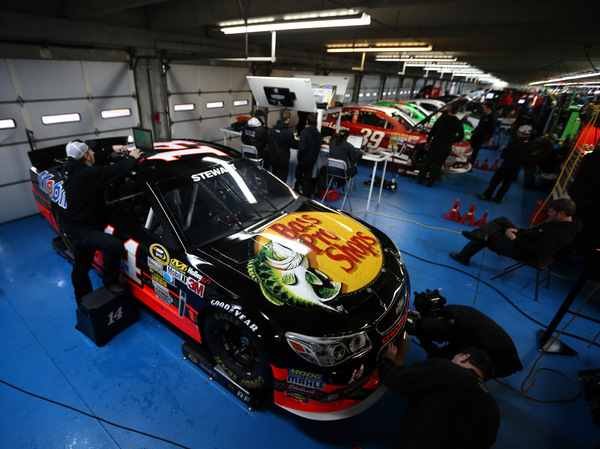
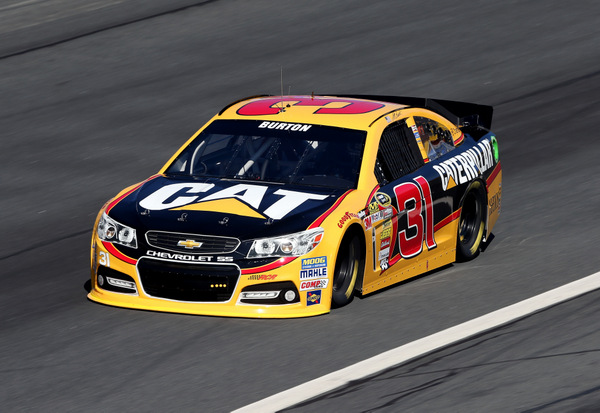
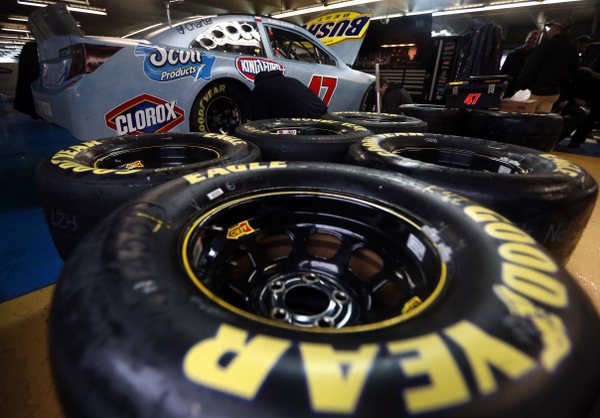
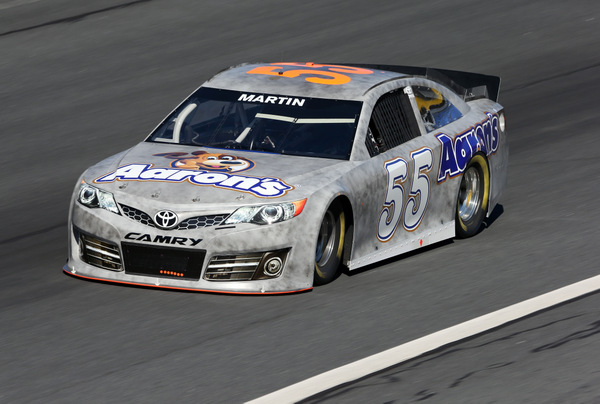
Post new comment